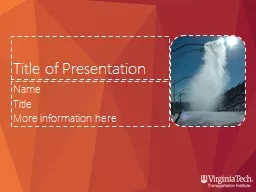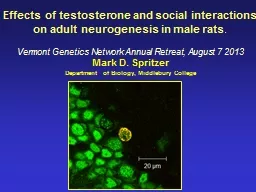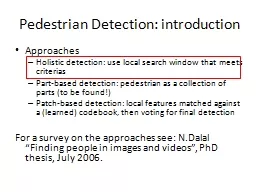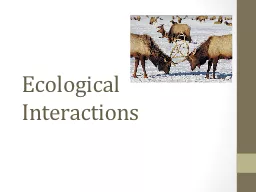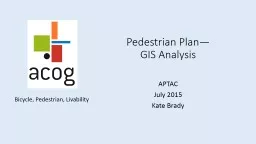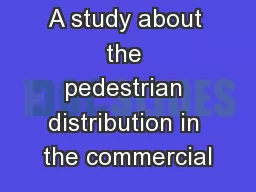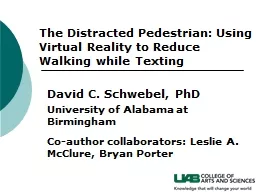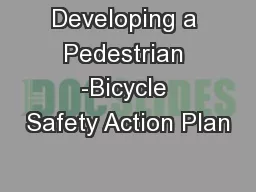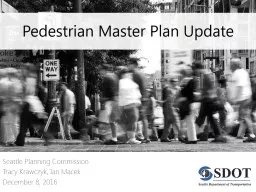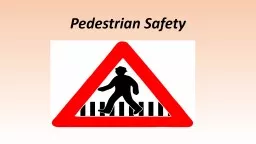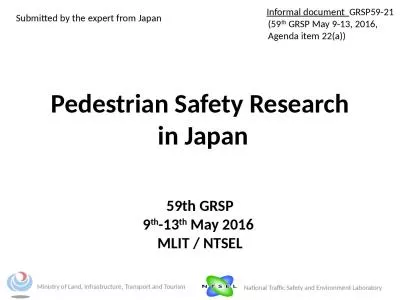PPT-Overview/Review of AV/Pedestrian Interactions
Author : liane-varnes | Published Date : 2019-03-16
Justin M Owens PhD Senior Research Associate Center for Vulnerable Road User Safety Virginia Tech Transportation Institute TRB Workshop ANF103 Pedestrian and Autonomous
Presentation Embed Code
Download Presentation
Download Presentation The PPT/PDF document "Overview/Review of AV/Pedestrian Interac..." is the property of its rightful owner. Permission is granted to download and print the materials on this website for personal, non-commercial use only, and to display it on your personal computer provided you do not modify the materials and that you retain all copyright notices contained in the materials. By downloading content from our website, you accept the terms of this agreement.
Overview/Review of AV/Pedestrian Interactions: Transcript
Download Rules Of Document
"Overview/Review of AV/Pedestrian Interactions"The content belongs to its owner. You may download and print it for personal use, without modification, and keep all copyright notices. By downloading, you agree to these terms.
Related Documents

